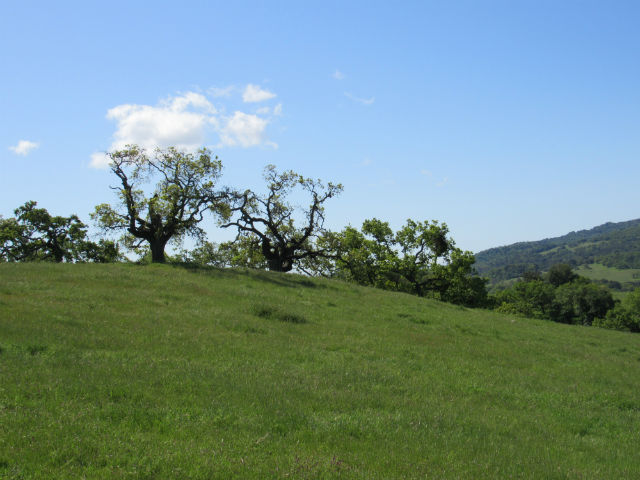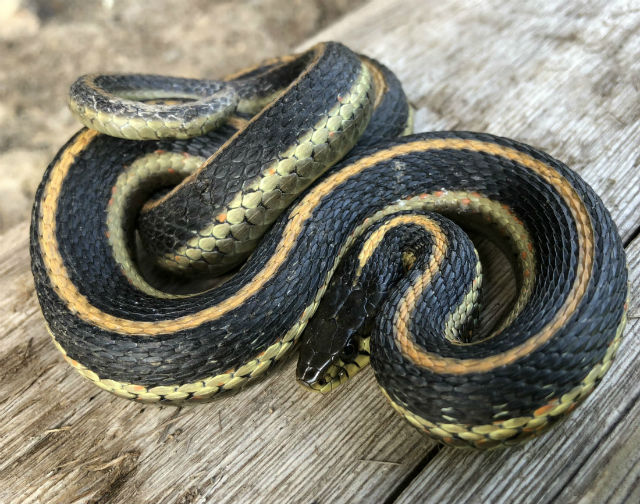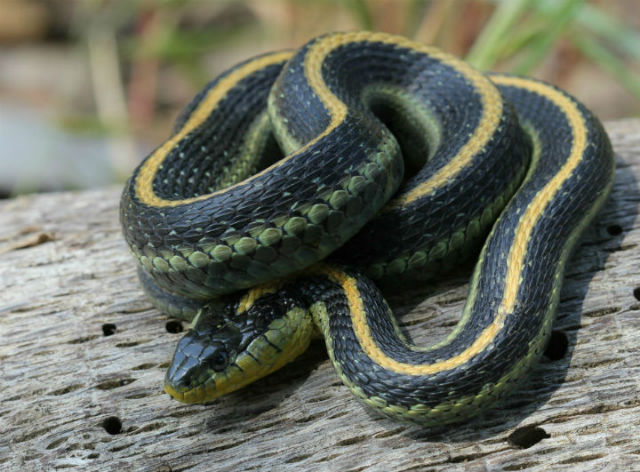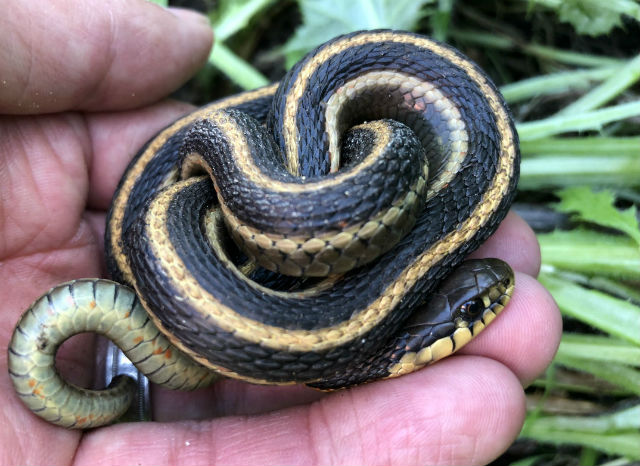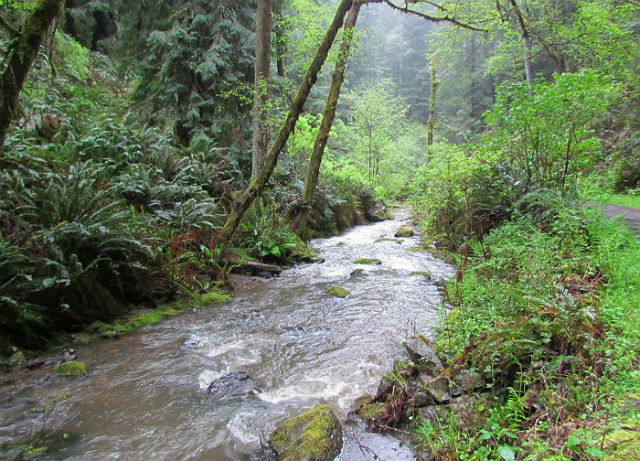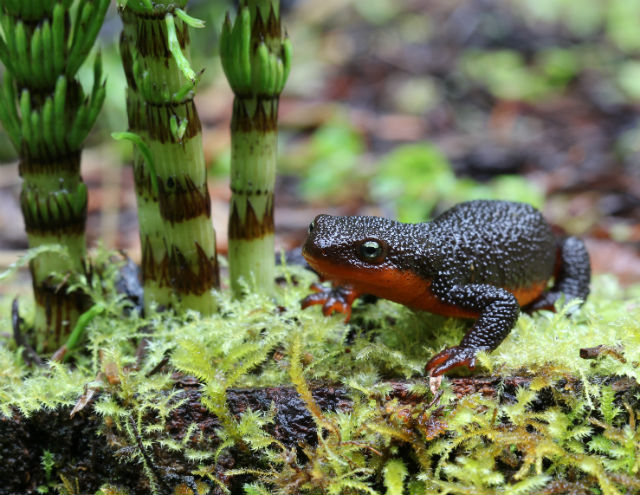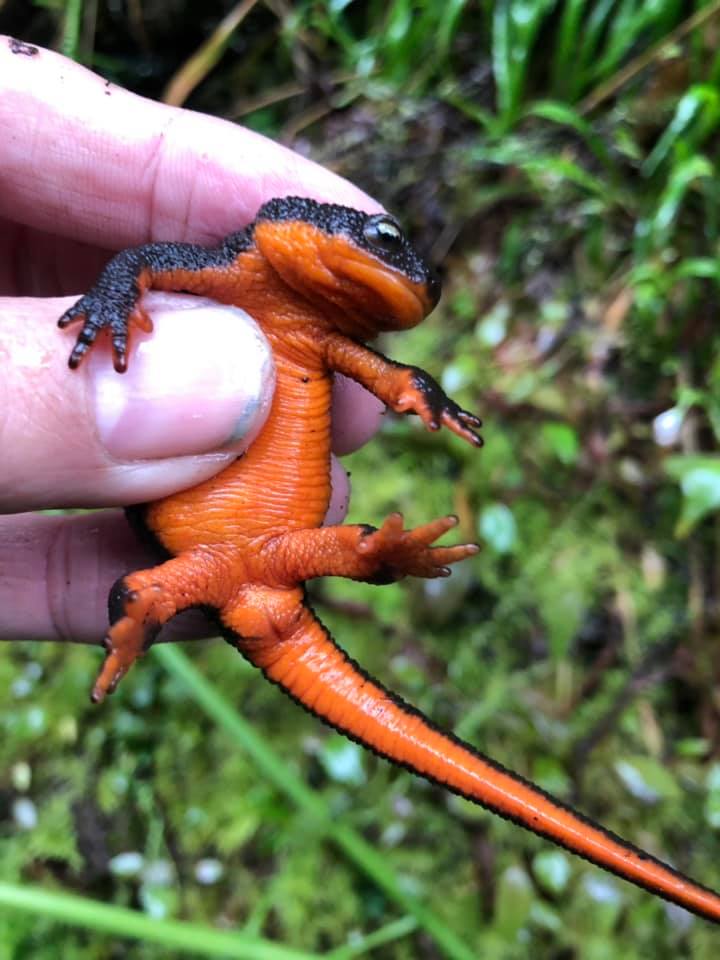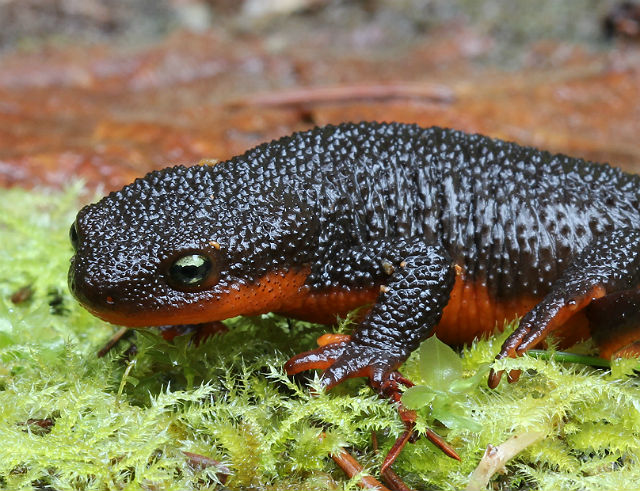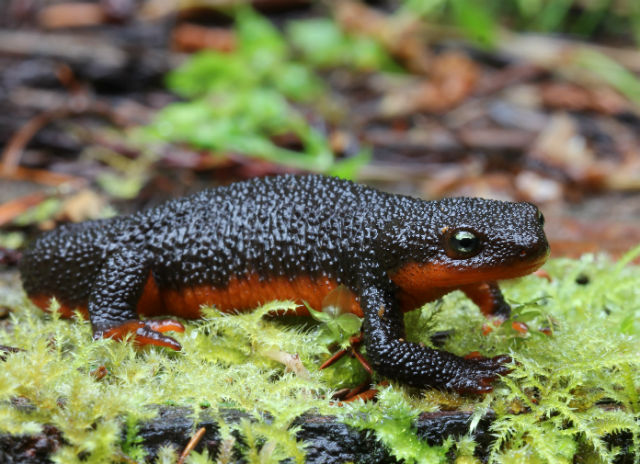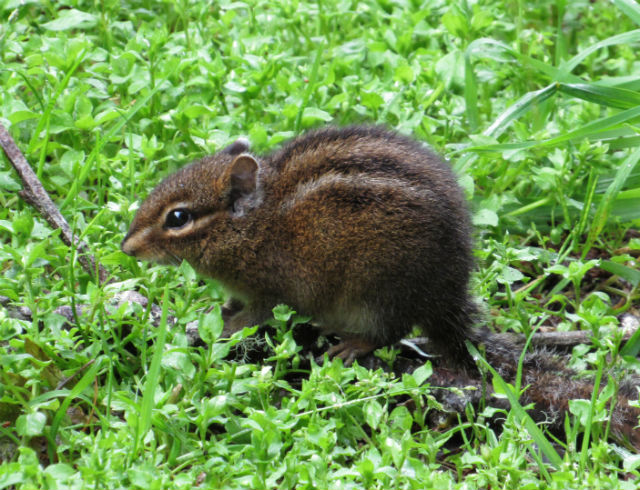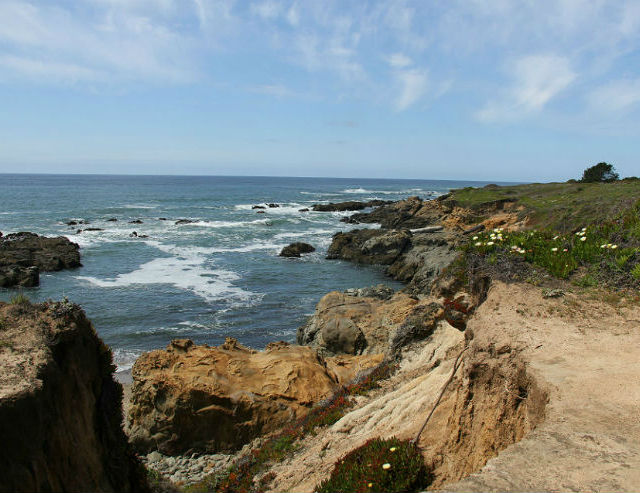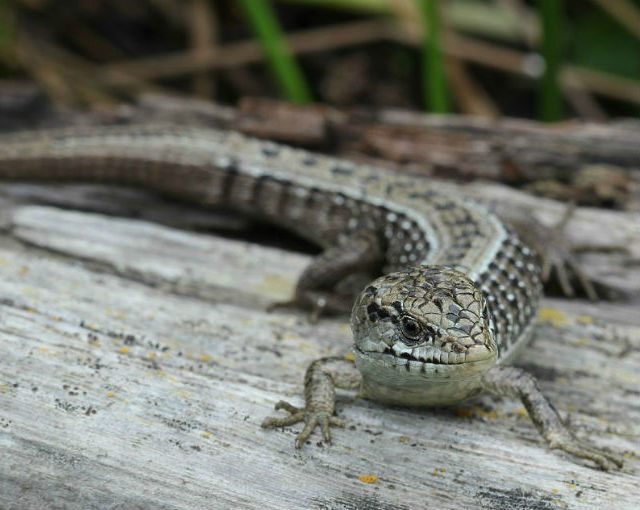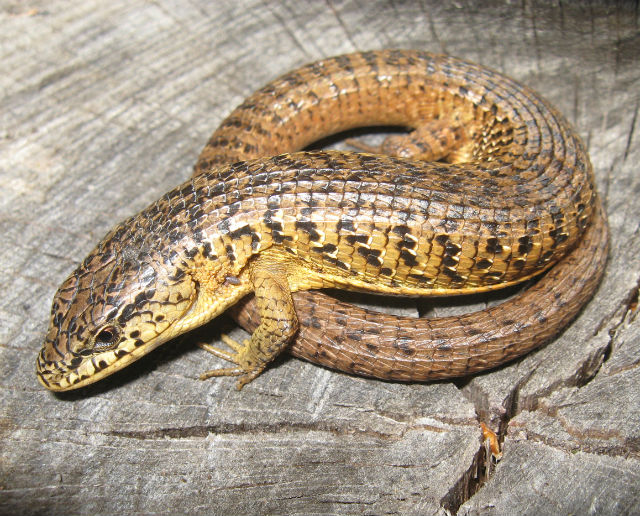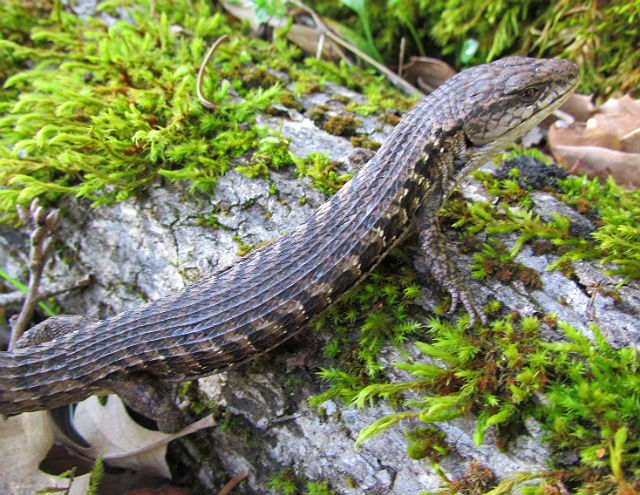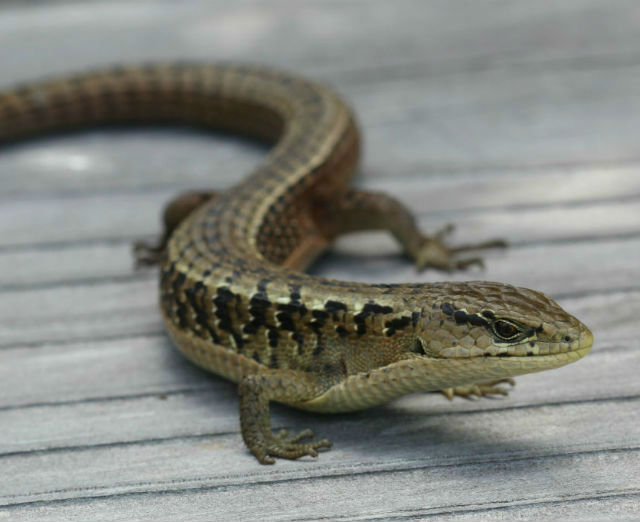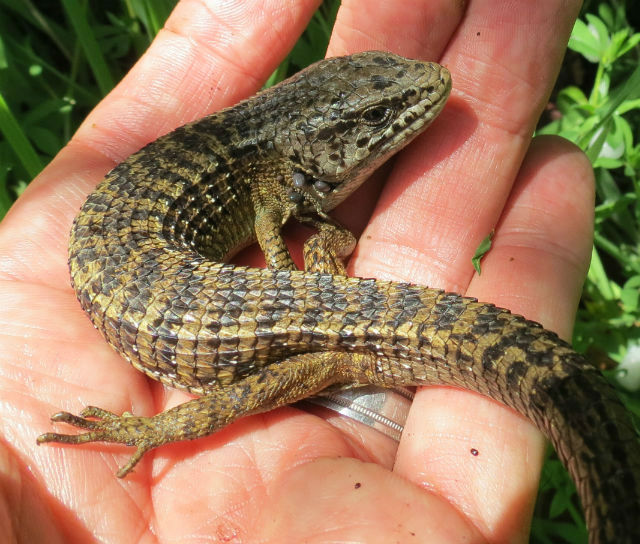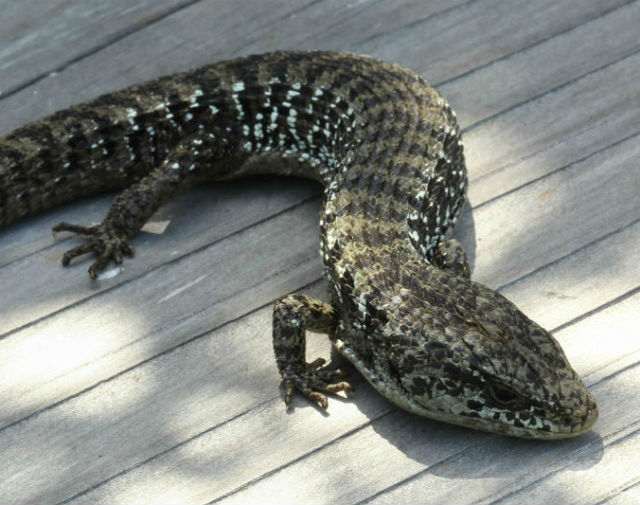This is a neat reptile that occasionally find when visiting California (the only place where it lives). It belongs to a species atratus, often called the “aquatic garter snakes.”
Since there are no water snakes native to the Golden State, these fill the ecological niche that water snakes would otherwise occupy. This serpent is often found along waterways and when threatened, it usually escapes into the water, hiding on the bottom.
Like many other garter snakes, it has three yellow stripes on a dark background. I tend to find it found on the edges of brushlands, woodlands, grasslands, and forests near ponds, marshes, streams and lakes.
The Diablo Range Garter Snake as an adult tends to be less than three feet long. It is active in the daytime and forages for prey near water sources. It mainly eats frogs, tadpoles and fish.
Like all North American garter snakes, this species produces live offspring, having about a dozen babies in late Summer or early Fall.

